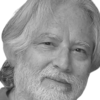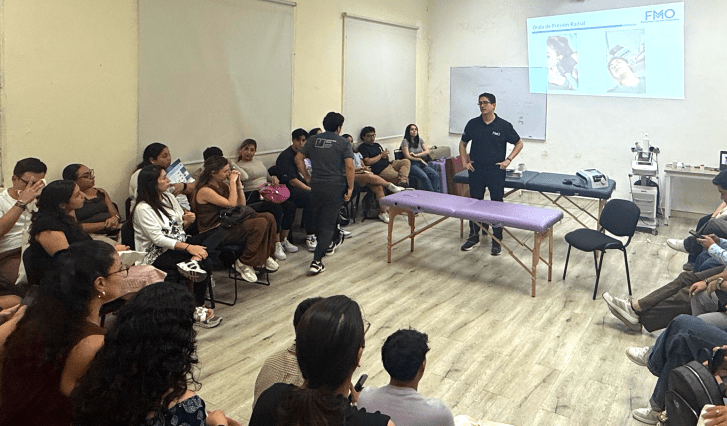The language game

To last week's riddle-joke (Are there four-leaf clovers?), Juan Carlos Prieto answers that, in any case, it would be a tetrabol (or quadrobol), and Pernan Goñi adds that if we remove a leaf from a clover it becomes a bibol.
Joking aside, and as Rafael Granero points out: “To say that a two- or four-lobed clover is not a clover but a bi-clover or a quad-clover is an essentialist error in language, confusing etymology with usage. As Wittgenstein showed in his Philosophical Investigations , the meaning of a word does not reside in an essence, but in a practice (the pragmatics of language), in its use within the language game. That the name does not make the thing has been known since Aristotle . “Clover” designates a botanical species ( Trifolium ), not a fixed number of leaves. Therefore, we would be committing a category mistake (according to Gilbert Ryle) by turning an accidental property into an essence.” The language game: Wittgenstein’s suggestive formula could serve as the title for a subsection of The Game of Science…
Regarding Leonardo da Vinci's world map , Luis Ortiz says: “I find Leonardo's representation of the world very interesting. I don't think dividing the Earth into octants and flattening them was an arbitrary choice; it wouldn't be typical of him. I suppose he was primarily looking for a representation with the fewest possible distortions and, incidentally, almost as an afterthought, one of undeniable aesthetic appeal. So, although flattening an octant of a sphere can give rise to other figures, the Reuleaux triangle is certainly a good result from the point of view of distortions.” But can flattening an octant of a sphere result in a figure other than a Reuleaux triangle ?
What is decidedly impossible is to create a map projection that is both conformal and equal area: if angles are preserved, the area ratio is not maintained, and vice versa. And for similar reasons, the childhood surprise recounted by Miguel Ferrón was not due to negligence on the part of the packagers, but to a topological impossibility: “As a child, whenever I got my hands on a Kinder Egg, I was always struck by how careless they were with the packaging. The thin aluminum foil that wrapped the egg was always wrinkled. Why didn't they flatten it? It would have looked nicer.”
However, objects with curved surfaces are currently being sold in wrinkle-free, transparent packaging. How is this possible?
Word riddlesIt's not enough to create a Wittgensteinian subsection entitled The Language Game , but nothing prevents us from playing a little with words, as in the following riddles:
1. It's a myth that "murciélago" (bat) is the only word in the Spanish language that contains all five vowels just once. In fact, there are tons of them: tyre (tire), reumático (rheumatic), auténtico (authentic), abuelito (grandpa)... But is there another animal, besides the bat , whose name contains all five vowels? Is there any word that contains them all in alphabetical order? And in reverse order?
2. There are many numbers whose name contains all five vowels without repeating them, such as "three thousand four"; but which is the largest?
3. In “This sentence does not have n letters”, replace n with a number (not a digit but the name of the number) so that the resulting sentence is false.
4. How many letters are in the answer to this question?

He is a writer and mathematician, and a member of the New York Academy of Sciences. He has published more than 50 popular science books for adults, children, and young adults, including 'Damn Physics', 'Damn Mathematics', and 'The Great Game'. He was a screenwriter for 'The Crystal Ball'.
EL PAÍS


